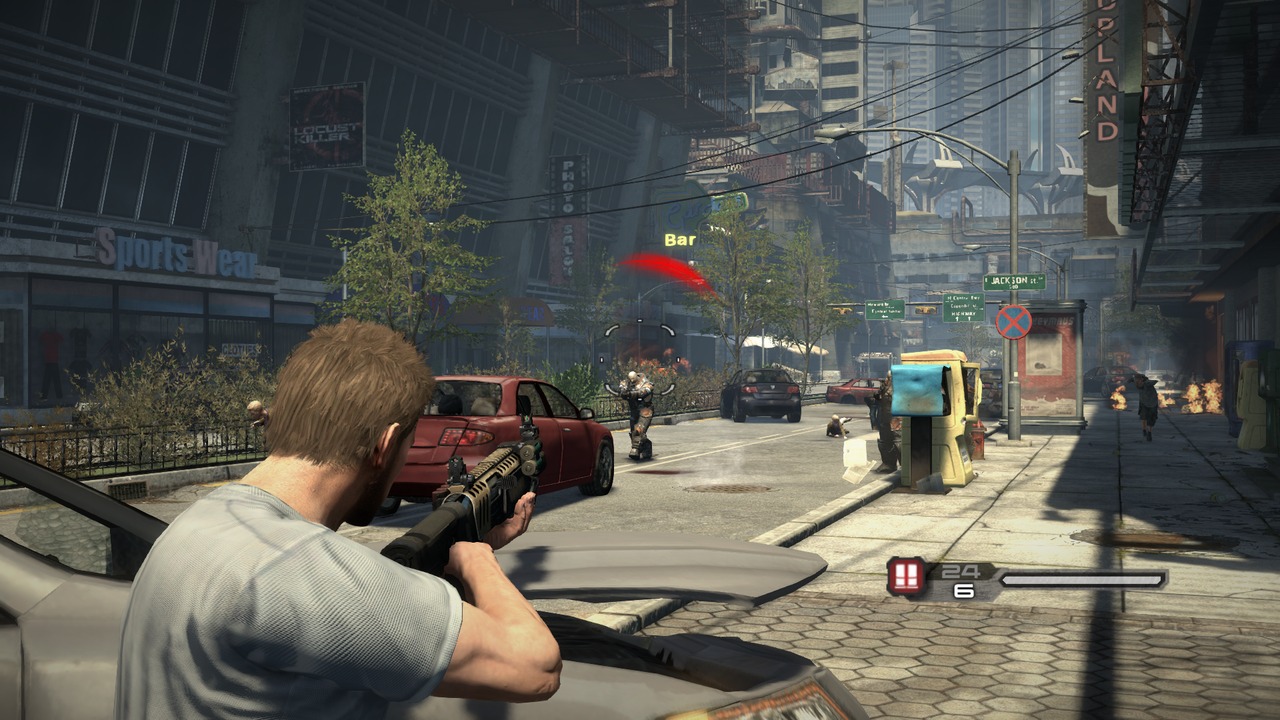

#Astroneer download free rg mechanics software#
Such software can also simulate geomorphological effects such as erosion or terracing to recreate realistic geological features. Specialized terrain generating software such as E-on VUE offers options to procedurally generate terrains with great realism. But while a skilled artist can achieve great results, the work required is too much to create expansive terrains.
#Astroneer download free rg mechanics manual#
Digital sculpting software such as Pixologic ZBrush offers digital artists advanced tools to digitally sculpt their envisioned terrain with full manual control. Popular game engines such as Unity and Unreal Engine offer their users basic in-engine tools to interactively shape terrains using brushes to elevate or lower parts of the virtual terrain. Terrains in computer games and simulations are becoming larger and larger, while users also expect constant improvements in realism and detail. Since virtual terrains are a key element of many scenes in games and other computer graphics application, ample prior research and tools exist for terrain generation.Īs mentioned, virtual terrains have mostly been manually designed, increasingly with aid of procedural content generation methods. The problem context that we selected for experimental organism-driven in-game content generation is that of virtual terrain generation. Although not necessarily in a gaming context, also the natural sensing and processing capabilities of living organisms were used as part of larger digital systems in various ways ( Hertz, 2004 Rinaldo, 2004 van Eck and Lamers, 2013). Even computer games were used in an artistic context to create a symbiotic physical contextualization for plants in real-time ( Vermeulen, 2007). Similarly, game-based crowdsourcing setups were used to study the possibility of improving animal welfare through digital means ( Tan et al., 2008 Driessen et al., 2014). Using the mechanics of game-based crowdsourcing, human players have gathered data for experiments on living microorganisms ( Riedel-Kruse et al., 2011). Behavior of non-playable characters was derived in real-time from that of non-human organisms such as trees ( Young, 2005), hamsters ( Tan et al., 2008), single celled organisms (protozoa) ( Wilson, 2006), and crickets ( van Eck and Lamers, 2006). Living non-human organisms themselves have been successfully integrated in computer gaming systems for various purposes. In prior studies, the behavior of non-playable characters was not only based on simulations of real organisms. Also, Perlin noise ( Perlin, 1985), developed to generate fractal patterns as found in nature, is heavily used in the generation of game terrains. Bio-inspired swarming behavior of digital characters is a commonly applied example in games ( von Mammen and Jacob, 2009). We posed the possibility of generating an evolving game terrain in real-time, based on the growth of a live biological system, such as a single organism, a collection of (micro)organisms, or even full ecosystems.Īpplying biologically-inspired algorithms in the development and design of computer games is common. In an earlier study ( Lamers and van Eck, 2012) we discussed potential implications of using (non-human) biological organisms within digital games for the game player, game designer, or integrated non-human organism. Terrains which autonomously evolve while a game is being played are rarely seen. Alternatively, they can be algorithmically generated at the start of the game ( Hendrikx et al., 2013). Generally, in modern computer-based games, terrains are manually designed, possibly with the aid of procedural content generation. Concludingly, we confirm the feasibility of using living organisms in real-time non-behavioral PCG and reflect on its potential impact. We successfully executed an experiment in which we used growing bacterial and fungal cultures for generating naturally appearing virtual terrains in real-time. Such an approach to terrain generation could benefit from morphological similarity between natural terrains and colonies of microbial organisms, real-time development of terrains over time, and educational opportunities. No living organisms were used for the generation of virtual terrains in games. Besides bio-inspired methods, living (non-human) organisms were used in computer games for various purposes, such as behavior generation, data gathering, and player education. Procedural content generation (PCG) has been applied since several decades to fulfill various game-related design needs.

Leiden Institute of Advanced Computer Science, Leiden University, Leiden, Netherlands.


 0 kommentar(er)
0 kommentar(er)
